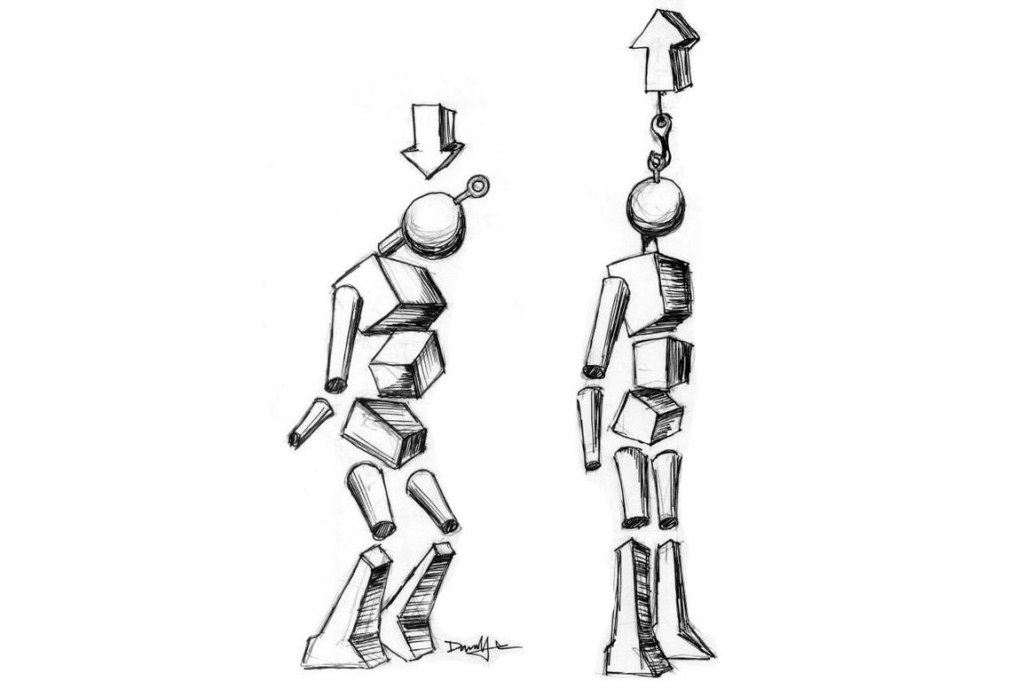Do you find that you are uncomfortable when you to deal with physical challenges like picking up a heavy object or bending down to get something from the floor? Do you contort yourself to tie your shoes?
If you’re an actor, do you have to play a character like Richard III whose body is twisted, but don’t want to tie yourself up into knots to do so?
If either of these is the case, the Alexander Technique can help.
The Alexander Technique allows you to become aware of and release habitual tension patterns that pull you out of alignment. You also learn to re-organize yourself so that you are centered, free and poised.
Once you know how to center and free yourself with the Technique, you can tell when and how you are stiffening. You also know how to find more ease within any position – no matter how uncomfortable or awkward it may be.
How is it done?
If we need to reach up high to get some dishes, we usually just do it despite any strain or discomfort that we feel. We may not even notice how stiff we are. However, if you are aware of a habitual tightening pattern in your shoulders and you have the tools to release it and feel better, you can begin to use these tools. Reaching, lifting weight, tying shoes and other physical challenges will all become much easier. In fact, with practice over time, you will change your habits so that you can be better aligned and move more freely no matter what you are doing.
Alexander Techique for Actors:
As an actor, you can play a character who experiences significant physical challenges without overly stiffening and compressing your body. You can stay connected to your breath and be present and in the moment.
One of my students was preparing a monologue in which her character was very anxious and was extremely rigid in her body. This rigidity caused the actor pain, restricted her breathing and was getting in the way of her performance. We addressed this issue by finding ways for her to appear stiff with the least amount of tightening possible. For example, though the character didn’t move her limbs much at all, we worked to keep the muscles around the actor’s joints free. Ironically, we found that when the actor was less tense and more connected to her body and breath, the better she could convey anxiety and tension. In other words, the more she found freedom and poise within the constraints of her character’s physicality, the more believable and authentic her performance became.
Here is the illustration:
